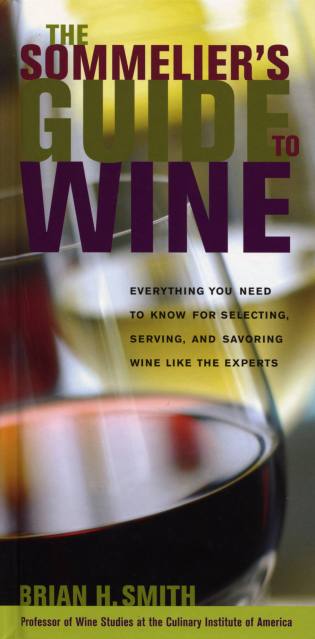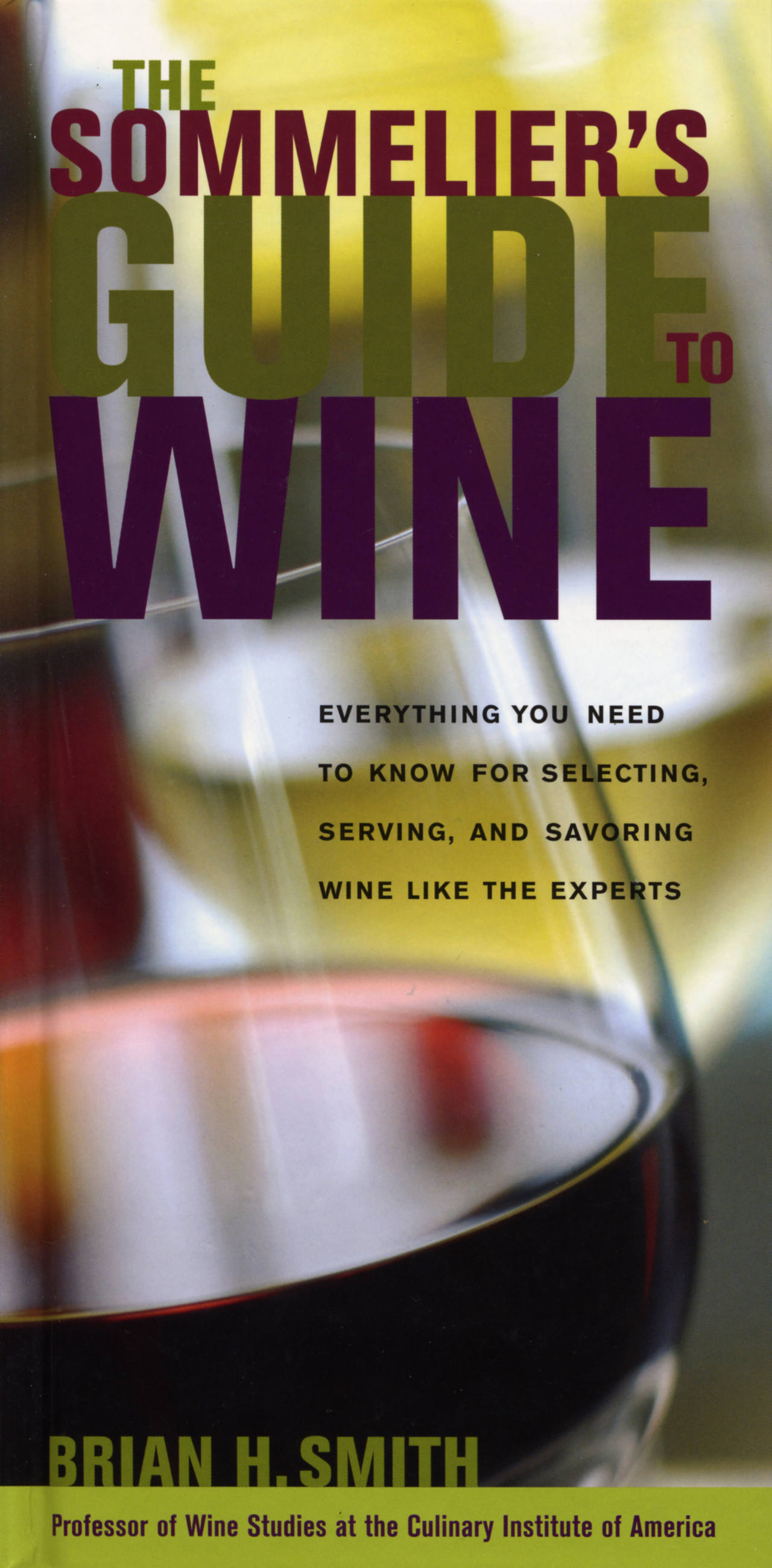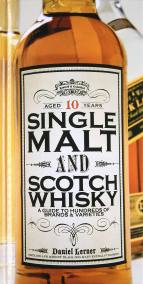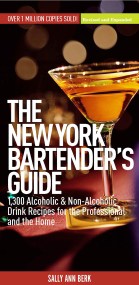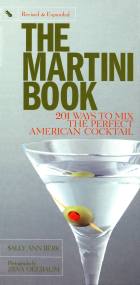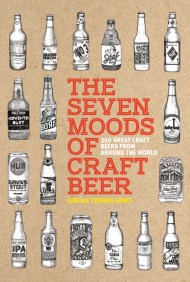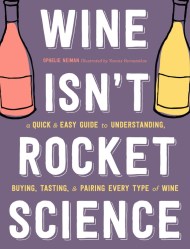Promotion
Use code MOM24 for 20% off site wide + free shipping over $45
Sommelier's Guide to Wine
Everything You Need to Know for Selecting, Serving, and Savoring Wine like the Experts
Contributors
Formats and Prices
Price
$9.99Price
$12.99 CADFormat
Format:
ebook $9.99 $12.99 CADThis item is a preorder. Your payment method will be charged immediately, and the product is expected to ship on or around June 1, 2008. This date is subject to change due to shipping delays beyond our control.
Also available from:
Written by a leading wine educator from the esteemed Culinary Institute of America, The Sommelier’s Guide to Wine is an engaging, in-depth introduction to the often-intimidating world of wine.
This fully updated guide provides a basic text for wine aficionados. Created in a handy size and format, it gives wine lovers the confidence and savvy to navigate the wine list in a restaurant or the aisles of the local wine store. Foodies, wine expert wannabes, wait staff, and wine lovers alike can learn how to present, serve, drink, and store wine just like a sommelier. The guidebook explains different wine styles, grape types, wine regions, and includes tips on how to properly pair wines with specific foods. Learn about all the new wine trends, too.
It’s the perfect introduction to the complex world of wines.
Genre:
- On Sale
- Jun 1, 2008
- Page Count
- 208 pages
- Publisher
- Black Dog & Leventhal
- ISBN-13
- 9781603763615
Newsletter Signup
By clicking ‘Sign Up,’ I acknowledge that I have read and agree to Hachette Book Group’s Privacy Policy and Terms of Use
